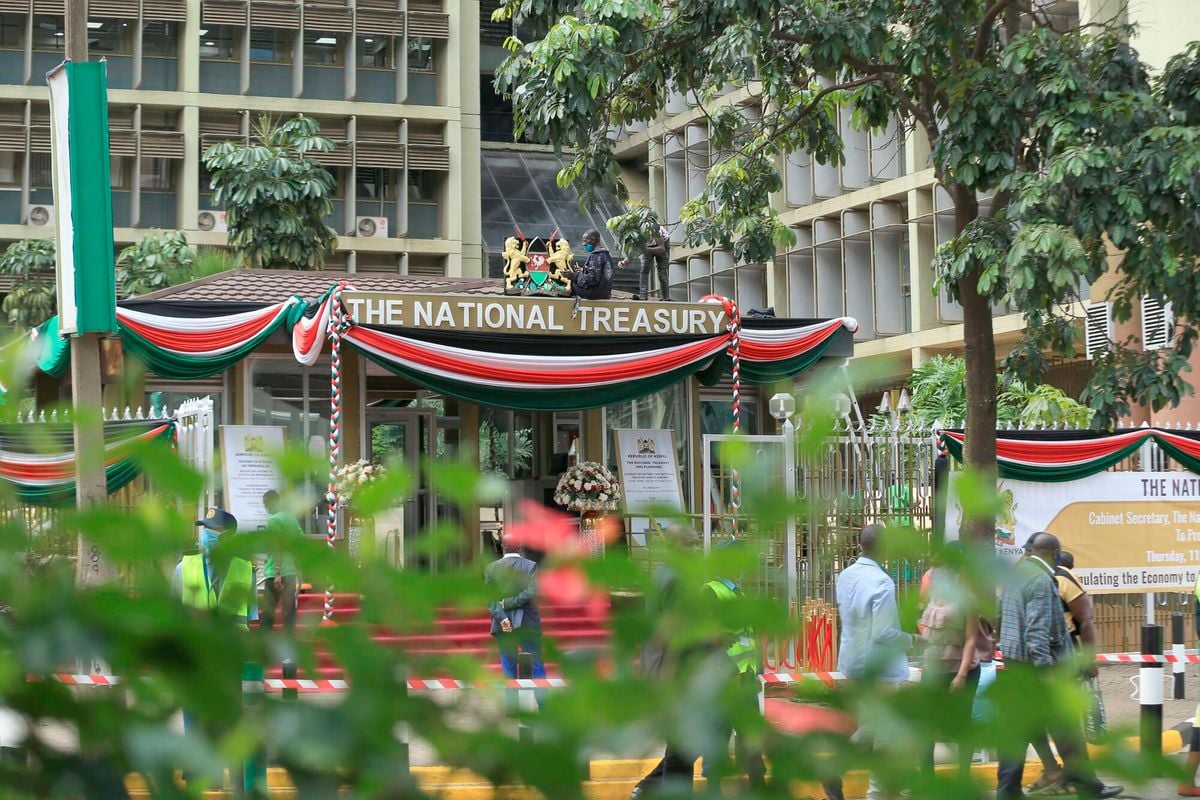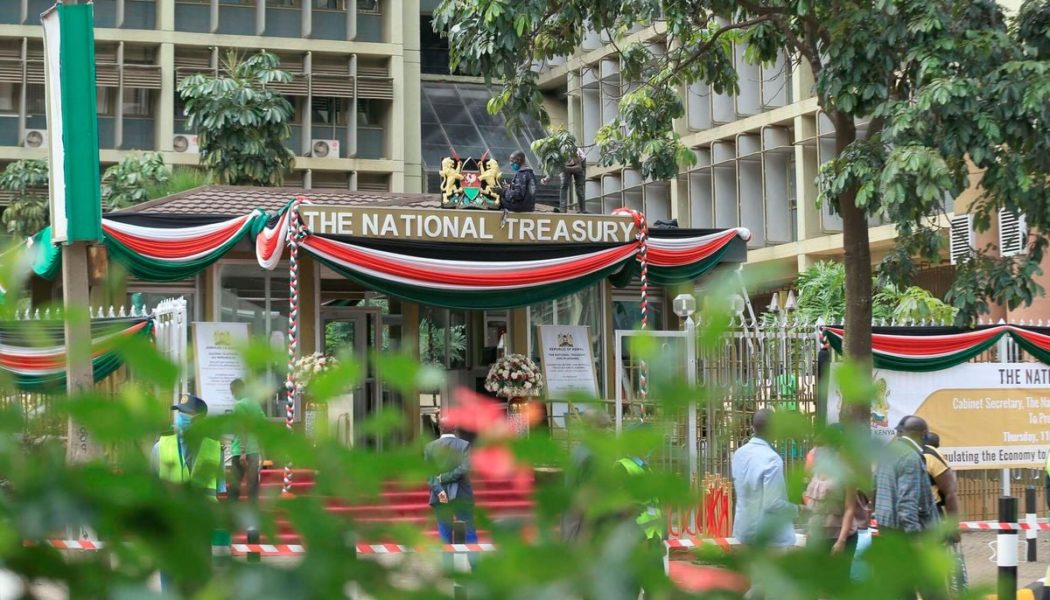
Failure by the National Treasury to release Sh30.8 billion to counties by end of the 2023/24 financial year, has stirred concerns due to the implications it poses to provision of services by counties.
This is because in failing to disburse the funds to the devolved units in a timely manner, Treasury breaks legal obligations and impacts counties negatively in their service provision.
What does the law say?
Section 17 of the Public Finance Management (PFM) Act, 2012, obligates the Treasury to respect the Constitution when managing public funds, including releasing equitable share of revenues to counties by 15th of every month.
“The National Treasury shall, at the beginning of every quarter, and in any event not later than the fifteenth day from the commencement of the quarter, disburse monies to county governments,” the PFM Act states.
But through the 2023/24 year, which ended on June 30, governors kept complaining over frequent delays by the Treasury to release the equitable share of revenues.
How much were counties entitled to as equitable share of revenues in 2023/24?
The 47 counties were budgeted to receive Sh385.4 billion equitable share of revenues collected by the national government. This was equivalent to monthly releases of Sh32.1 billion hitting county accounts by every 15th of the month.
But delays by the Treasury were witnessed through the fiscal year starting July 2023 to June 2024, to the last month when counties started June 2024 operations, while the Treasury still owed them Sh98 billion.
In June alone, the Treasury released Sh67 billion to the counties, more than double the Sh29 billion monthly average releases for the financial year.
So, what is the formula used to share the Sh385.4 billion among counties?
The Commission on Revenue Allocation (CRA) uses a formula known as Third Revenue Sharing Basis to determine how much each county is entitled to, during a particular fiscal year.
The formula has been applied since the 2020/21 fiscal year and will lapse in the current fiscal year.
According to the Third Revenue Sharing Basis, the main determinant factor of the amount a county gets is its public administration needs, which gets 20 percent of the total allocation.
This refers to issues such as county planning and development, ensuring and coordinating people’s participation in governance and implementation of specific national government policies on natural resources and environmental conservation.
The third basis formula also allocates 18 percent of the shareable revenue among counties to county services such as early childhood education, village polytechnics and other public amenities.
Another 16 percent of the revenues a county gets is based on its transport, trade development and regulation needs, which have an impact on the own revenues they generate.
For the counties with a heavy reliance on agriculture to support their economies, the delays can be particularly painful, since 10 percent of the shareable revenues is based on agricultural needs of a county.
How do delays to release funds affect services in counties?
With an allocation of 17 percent on healthcare services needs of a county, delays in release of funds by Treasury have seen Kenyans unable to access treatments at hospitals, as many run without medicines or are shut frequently due to strikes by healthcare workers, mostly due to salary issues.
Citizens are also affected when they are not involved in public participation for programmes and other governance issues affecting them, since such exercises form part of the equitable share budget and are affected when Treasury delays funds.
Poor families depending on the support of stimulus programmes such as food aid, cash disbursements, school-feeding programmes and other initiatives also suffer when counties don’t receive their dues in time, since 14 percent of the shareable revenues is based on the population of poor people in a county.
Reports have also associated delayed release of funds from Treasury to public entities with wastage, as most entities are forced to spend the money hurriedly when it is released just before closure of the financial year, creating loopholes in its spending.









